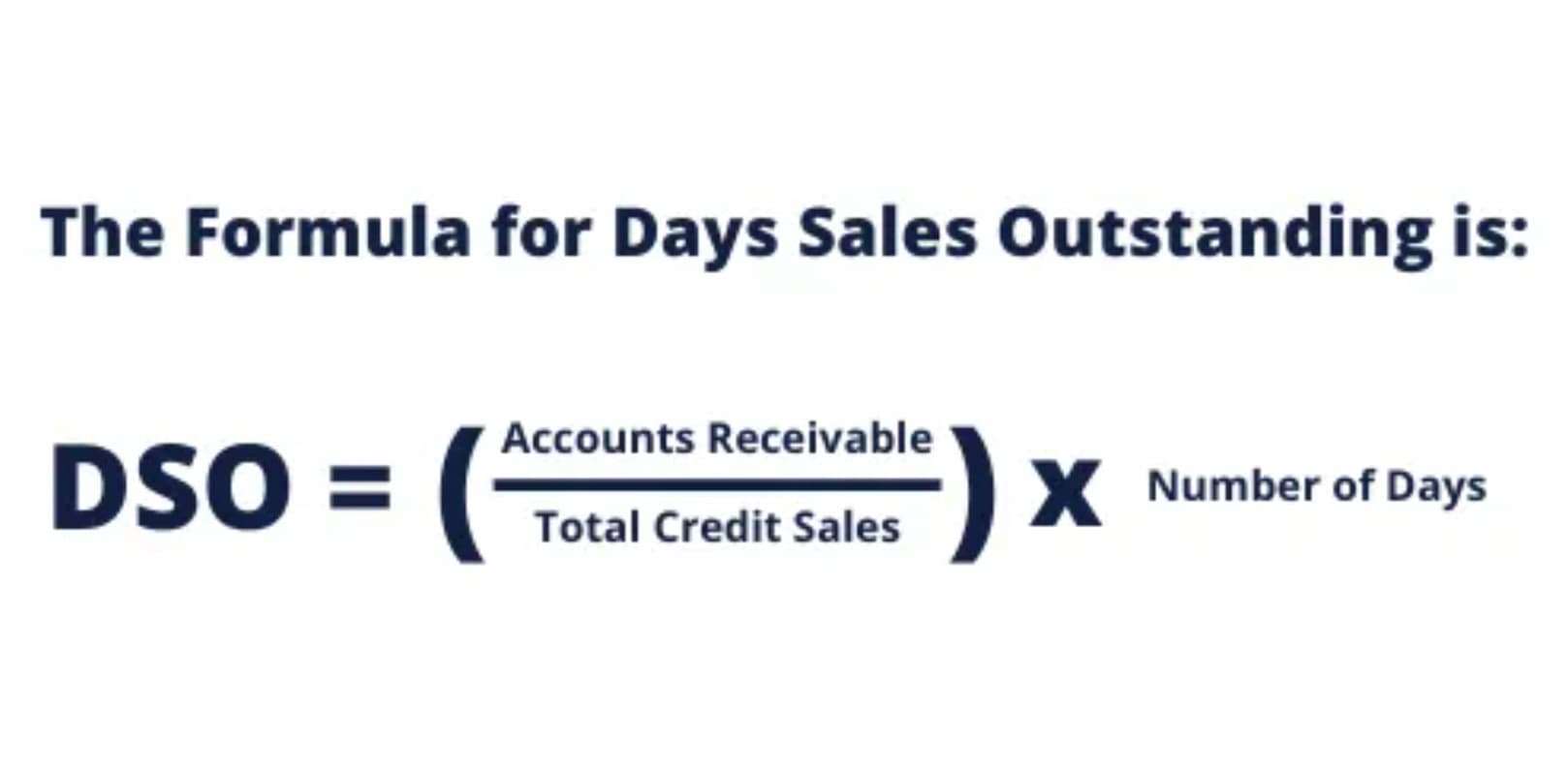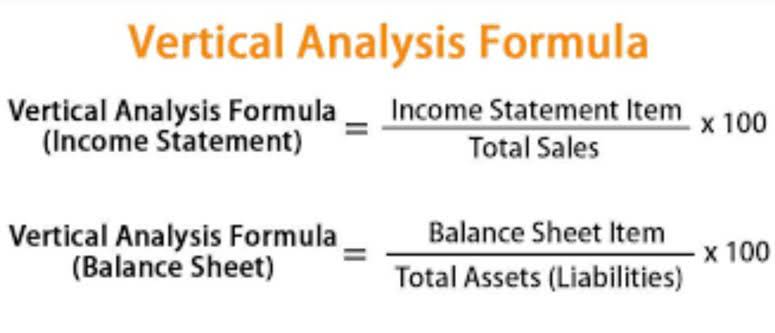
It is also commonly found that an income summary is confused with an define the income summary account income statement. Despite the fact that both provide insights into the financial health of an organization or an individual, the former is a temporary account and the latter is a permanent account. Moreover, the entries in the income statement are finally transferred into the income summary after which, the deductions are made. In essence, by zeroing out these accounts, they are reset to begin the next accounting period. In contrast, asset, liability, and equity accounts are called real accounts, as their balances are carried forward from period to period.

The Role of Accounts in Financial Reporting
The Income Summary will be closed with a credit for that amount and a debit to Retained Earnings or the owner’s capital account. Next, if the Income Summary has a credit balance, the amount is the company’s net income. The Income Summary will be closed with a debit for that amount and a credit to Retained Earnings or the owner’s capital account. Now that Paul’s books are completely closed for the year, he can prepare the post closing trial balance and reopen his books with reversing entries in the next steps of the accounting cycle. The four key elements in an income statement are revenue, expenses, gains, and losses.
What is an account in accounting?
- If total revenue minus total operating expenses is a negative number, this is considered an operating loss.
- For instance, a point-of-sale system can automatically record sales revenue, update inventory levels, and generate accounting entries in real time.
- Throughout the year sales are recorded in the revenue accounts and posted to trial balance.
- First, all revenues and expense accounts are transferred to the Income Summary account.
- Now that Paul’s books are completely closed for the year, he can prepare the post closing trial balance and reopen his books with reversing entries in the next steps of the accounting cycle.
These include the net income realized from one-time nonbusiness activities, such as a company selling its old transportation van, unused land, or a subsidiary company. By understanding the principles of accounts and leveraging modern accounting tools, businesses can streamline their financial processes, make informed decisions, and achieve long-term success. As accounting continues to evolve, the importance of well-maintained accounts will remain a cornerstone of effective financial management. Accounts are the normal balance backbone of any accounting system, providing a structured way to record, categorize, and analyze financial transactions. Whether tracking assets, managing liabilities, or assessing profitability, accounts play a central role in ensuring financial accuracy and transparency.
📆 Date: May 3-4, 2025🕛 Time: 8:30-11:30 AM EST📍 Venue: OnlineInstructor: Dheeraj Vaidya, CFA, FRM
- An income summary is a summary of Income and expenses for a specific period, and the result of this summary is profit or loss.
- Equity is often called net assets because it shows the amount of assets that the owners actually own after the creditors have been paid off.
- Capital One Financial Corporation declared their net income closing entries for the fourth quarter of 2022.
- It tracks the company’s revenue, expenses, gains, and losses during a set period.
This financial tool simplifies the process of closing a company’s income and Insurance Accounting expense accounts at the end of the accounting period, enabling smooth transition into the new fiscal cycle. Income summary account is a temporary account used in the closing stage of the accounting cycle to compile all income and expense balances and determine net income or net loss for the period. The net balance of the income summary account is closed to the retained earnings account. The income summary account is a temporary account used to collect all revenue and expense transactions for a specific period. At the end of the period, the net income or loss is calculated and transferred from the income summary to the owner’s equity account.
Accounts in Modern Accounting Systems

This means in order to close an expense account at the end of a financial year, a credit entry needs to be generated with the balance of the expenses. The other side of the entry (debit) goes to the income summary account. In accounting, there are multiple types of accounts classified as assets, liabilities, equity, revenues or expenses. Further than that, accounts can be considered a permanent account or a temporary account.
- Very simply, the computer can mine all transaction data and pull out the accounts and amounts that relate to virtually any requested interval of time.
- The balances of these accounts are eventually used to construct the income statement at the end of the fiscal year.
- Operating revenue is realized through a business’ primary activity, such as selling its products.
- At the end of a financial period, the ending balance from the revenue accounts and expense accounts are transferred to the income summary account.
- Expense accounts, on the other hand, represent the resources used to generate income.
It collects all the income and expense accounts, summarizing the results of a company’s operations for that period. Ultimately, the net income or loss is then transferred to the retained earnings, finalizing the books for that period. At the end of each accounting period, the revenue and expense accounts are closed to either the income summary account, retained earnings account, or capital account depending on the type of organization. The income summary is an intermediate account to which the balances of the revenue and expenses are transferred at the end of the accounting cycle through the closing entries. This way each temporary account can be reset and start with a zero balance in the next accounting period.
Creditors

Following operating expenses are other forms of income, known as income from continuing operations. This includes operating income, other net income, interest-linked expenses, and applicable taxes. Added these together with operating income arrives at a net income of $88.1 billion for Microsoft.
